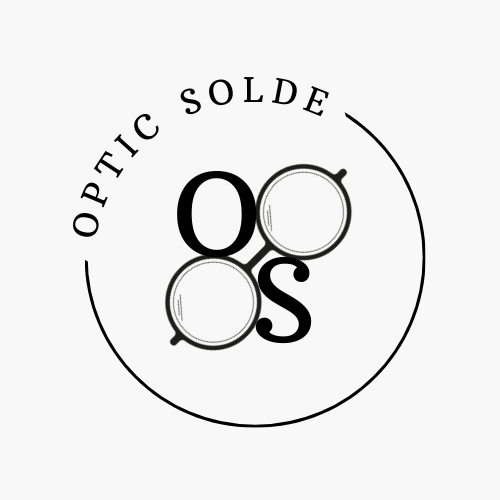Lens Index: Understanding Thickness and Refraction
When it comes to eyeglasses, the lens index plays a vital role in determining the thickness and refraction of the lenses. Many individuals require prescription glasses, and understanding how lens index affects the final product is crucial for both comfort and aesthetics.
What is Lens Index?
Lens index refers to the measure of how efficiently light is bent when passing through a lens. Essentially, it measures the refractive power of the lens material. The higher the lens index, the greater the refractive power, which allows for a thinner lens.
The thickness of the lens is directly related to the refractive power of the lens material. A lens with a lower index requires more material to correct vision and, as a result, is thicker. On the other hand, a lens with a higher index requires less material, making it thinner and more lightweight.
Understanding Thickness based on Lens Index
1. Lens Thickness and Index Relationship:
The relationship between lens thickness and index can be explained through a simple example. Suppose two individuals require the same prescription strength for their glasses. One individual chooses a lens with a low index, while the other chooses a lens with a high index. The lens with the low index will be thicker than the lens with the high index, even though both lenses have the same prescription power.
This thickness difference becomes more noticeable for individuals with higher prescription strengths. With a higher prescription, more lens material is needed, resulting in a thicker lens. Opting for a higher index lens can significantly reduce the thickness and weight, providing a more comfortable and aesthetically pleasing option.
2. The Benefits of High Index Lenses:
a) Aesthetics: High index lenses are ideal for those seeking a more aesthetically appealing eyewear experience. Since they are thinner, they provide a sleek and modern look to the glasses. This is particularly important for individuals with high prescription strengths, as thick lenses can create a magnified effect, distorting the appearance of the wearer’s eyes.
b) Comfort: Thicker lenses can be heavy and cumbersome, causing discomfort when worn for extended periods. High index lenses are significantly lighter, reducing the strain on the wearer’s nose and ears. Additionally, thinner lenses are less likely to slide down the nose, providing a more secure fit.
c) Increased Compatibility: High index lenses are suitable for a wide range of frame styles. Due to their reduced thickness, they can fit into smaller frames without sacrificing visual acuity. This gives individuals more options when selecting frames that suit their style and individual preferences.
Bullet List:
– Reduced thickness of high index lenses allows for more aesthetically pleasing eyewear.
– High index lenses are lighter, providing increased comfort during extended wear.
– More frame options are available for those choosing high index lenses due to their compatibility with smaller frames.
– Thicker lenses can distort the appearance of the eyes, while thinner lenses provide a more natural look.
In conclusion, understanding the lens index is crucial when selecting eyeglasses. The lens index determines the thickness and refraction of the lenses, directly affecting comfort and aesthetics. Choosing a higher index lens can significantly reduce thickness, offering a more appealing appearance and greater comfort. The benefits of high index lenses include improved aesthetics, increased comfort, and increased compatibility with various frame styles.
